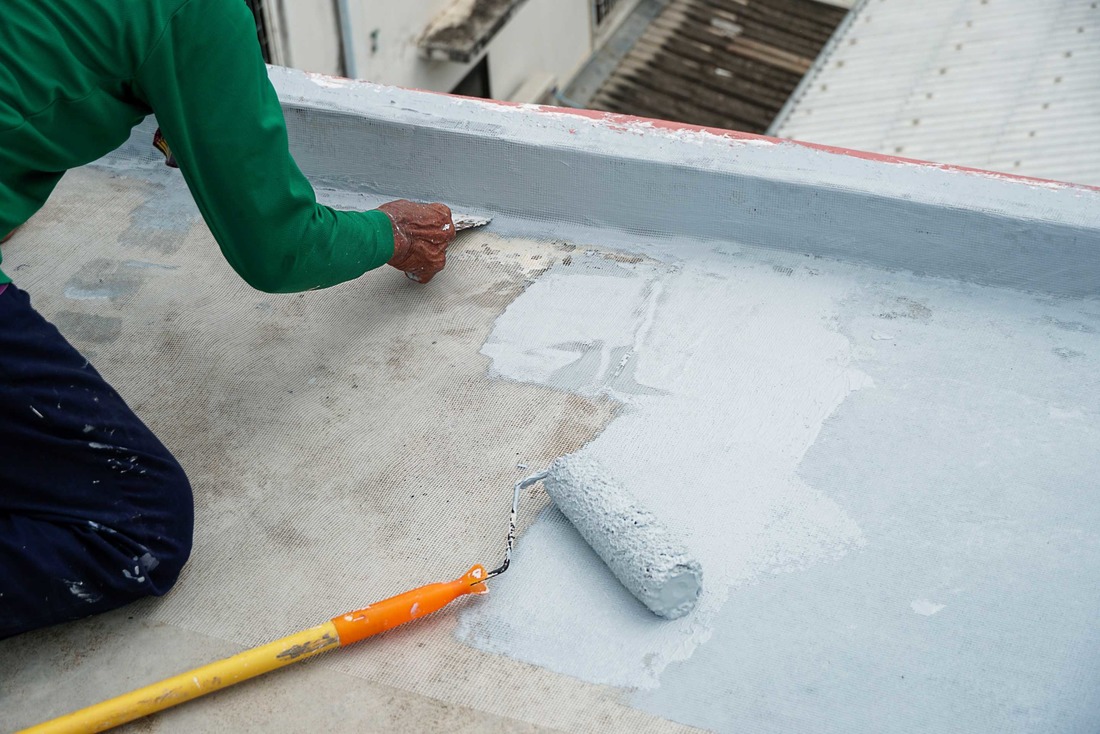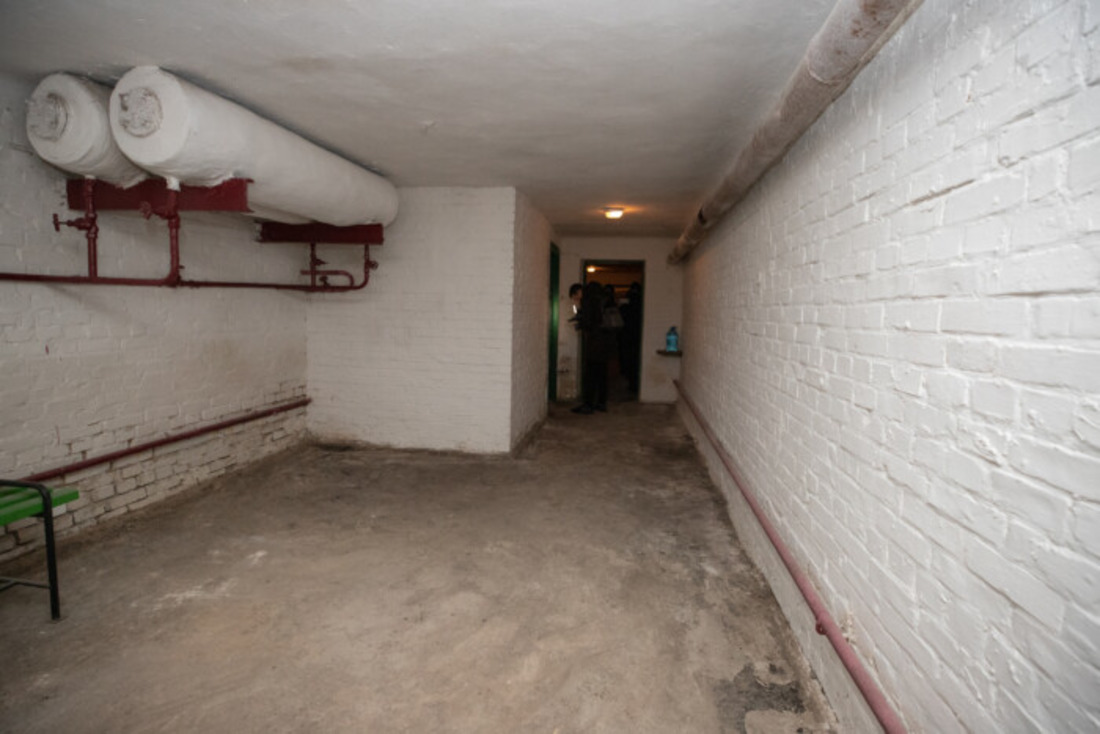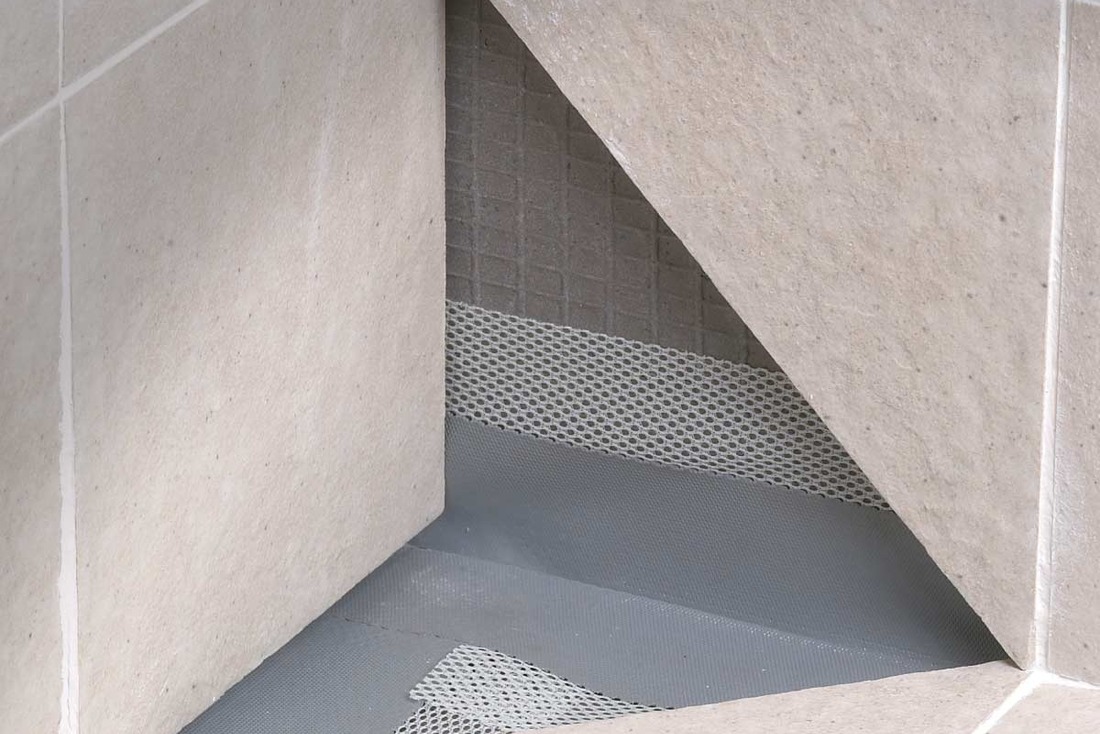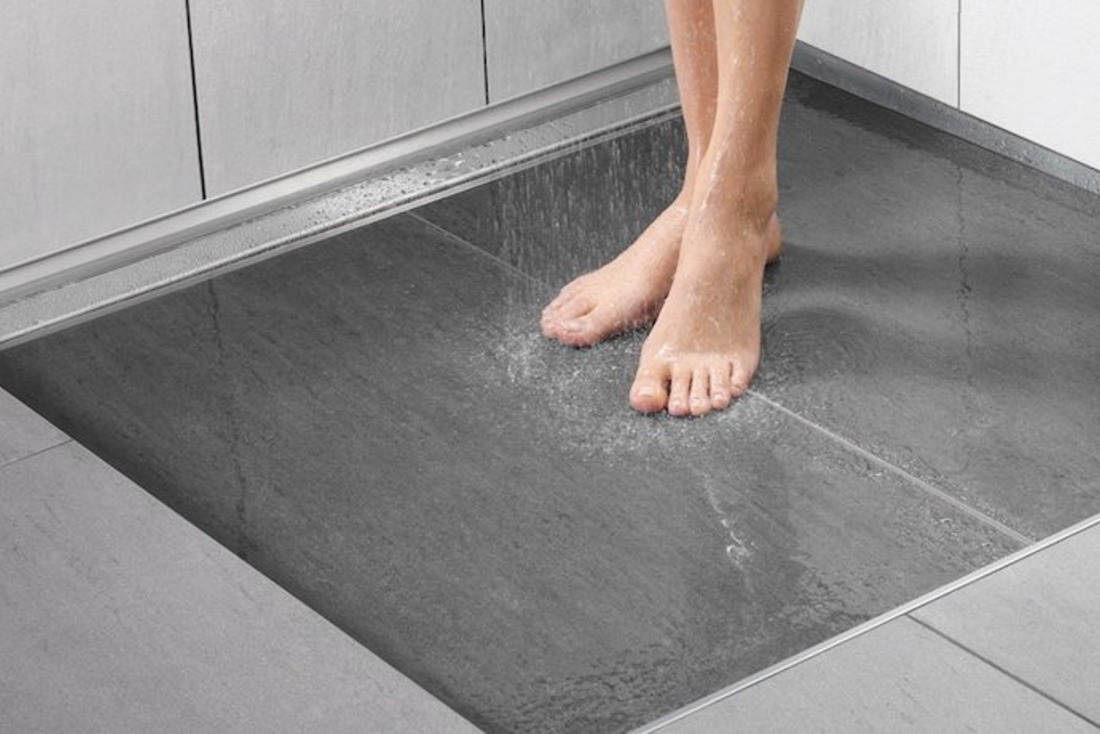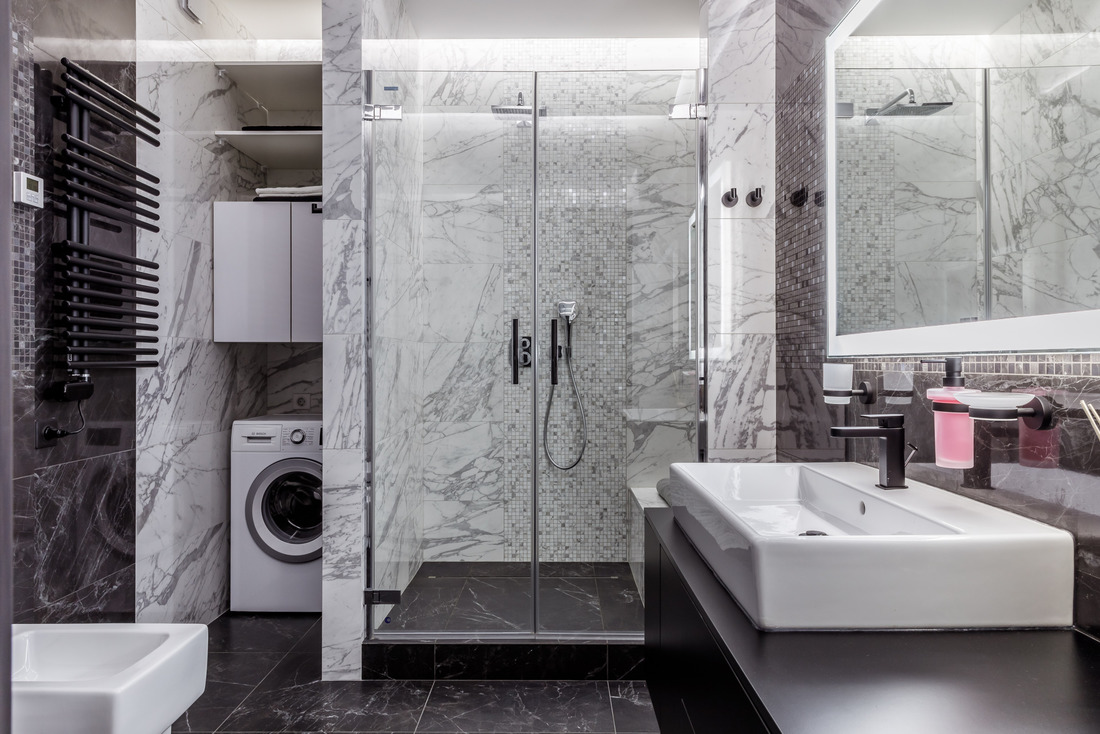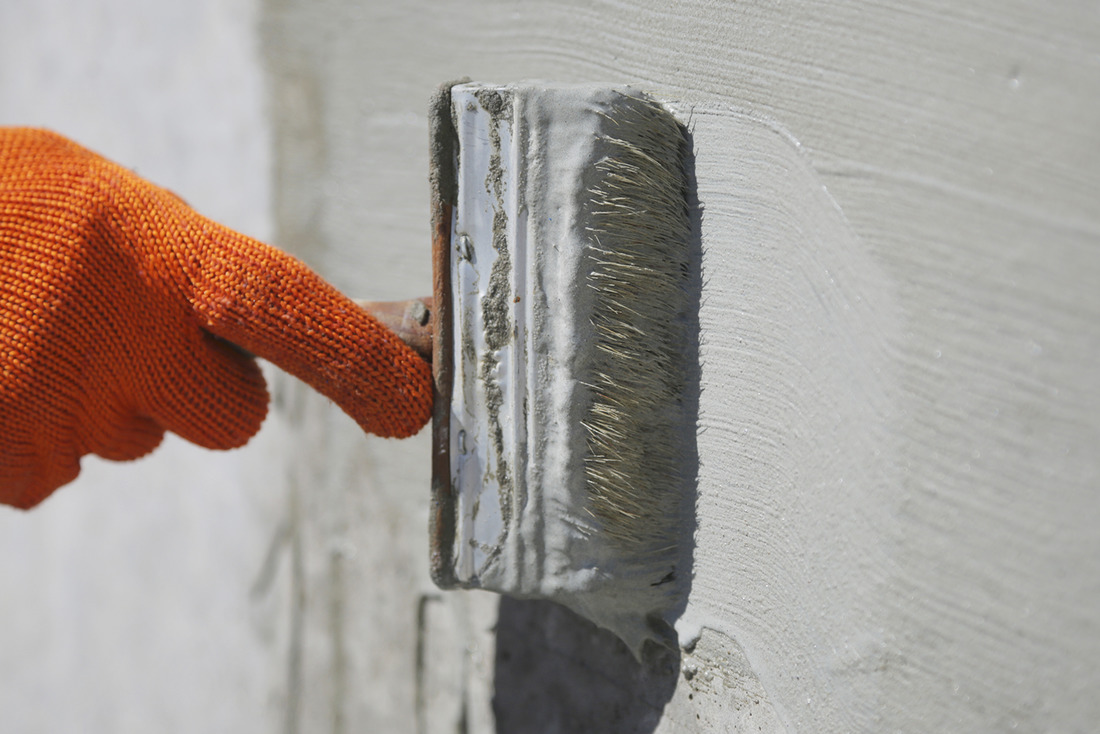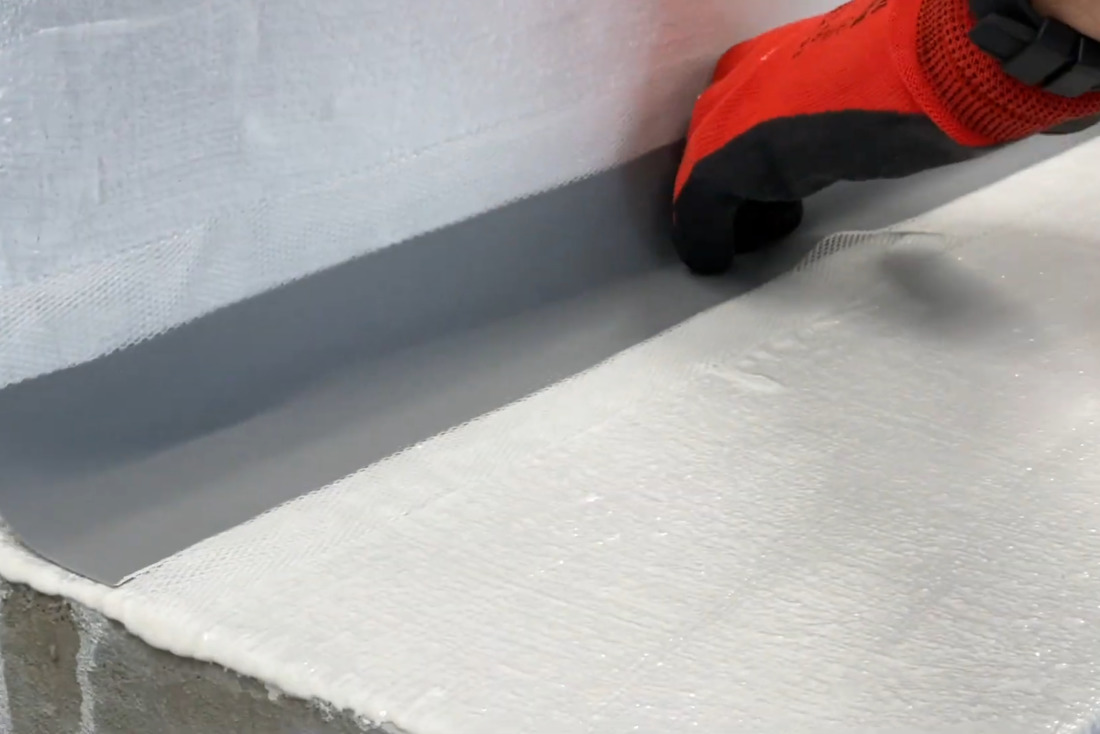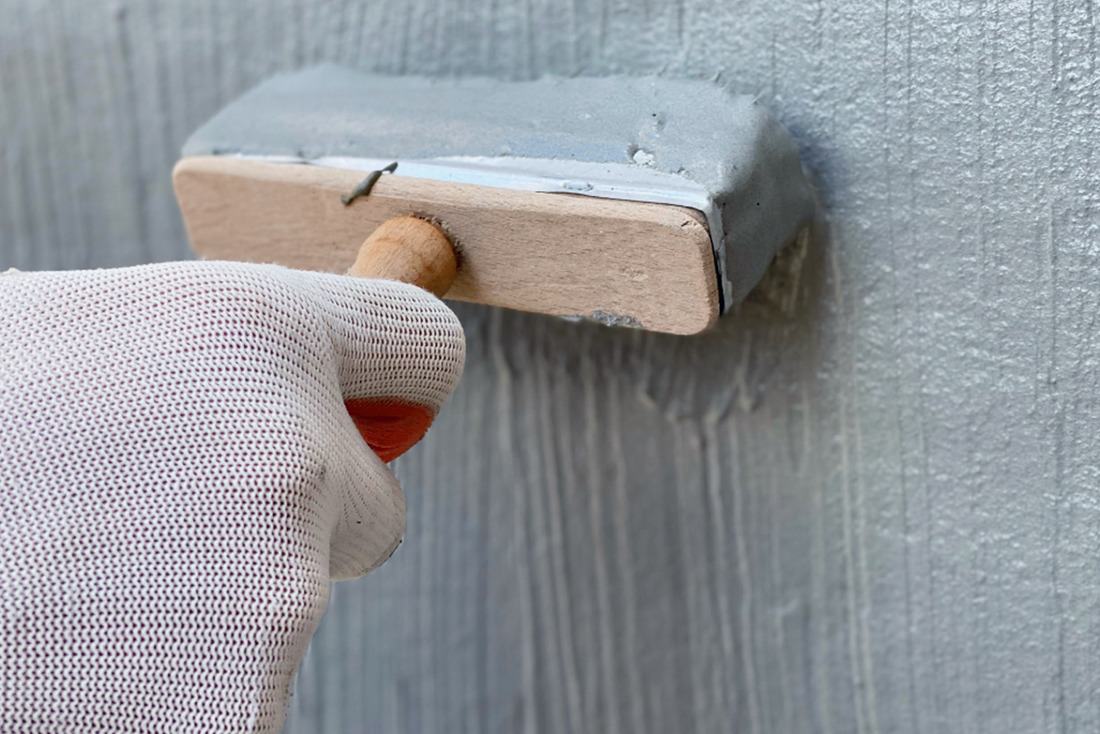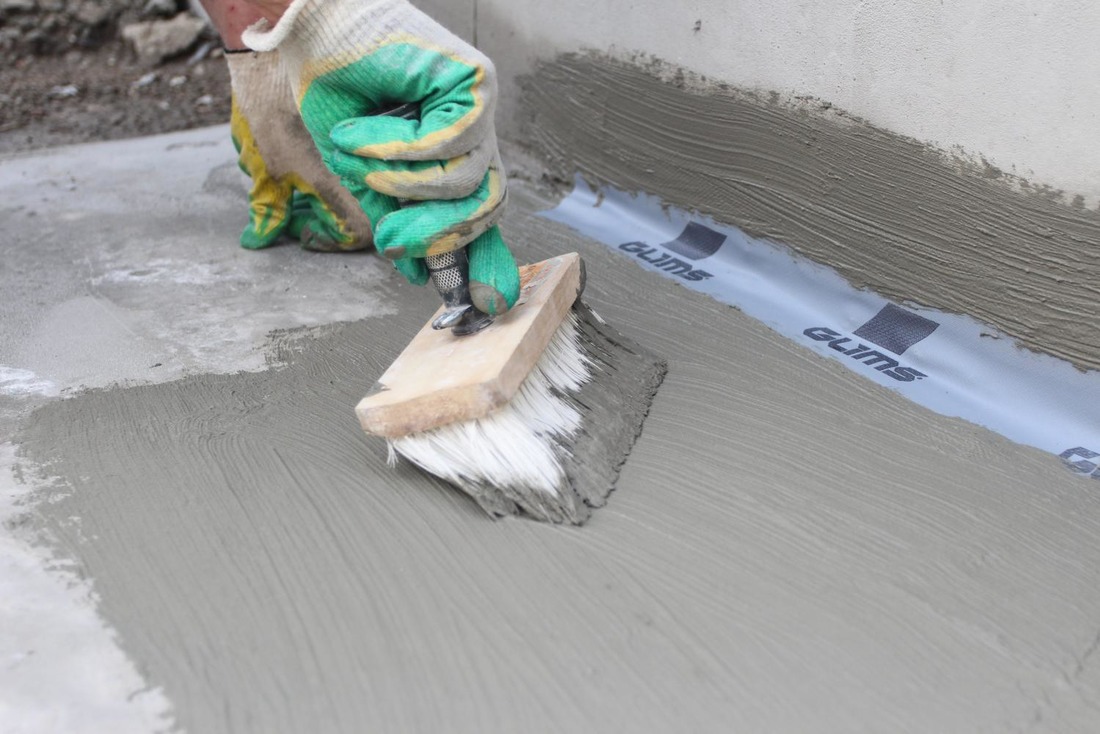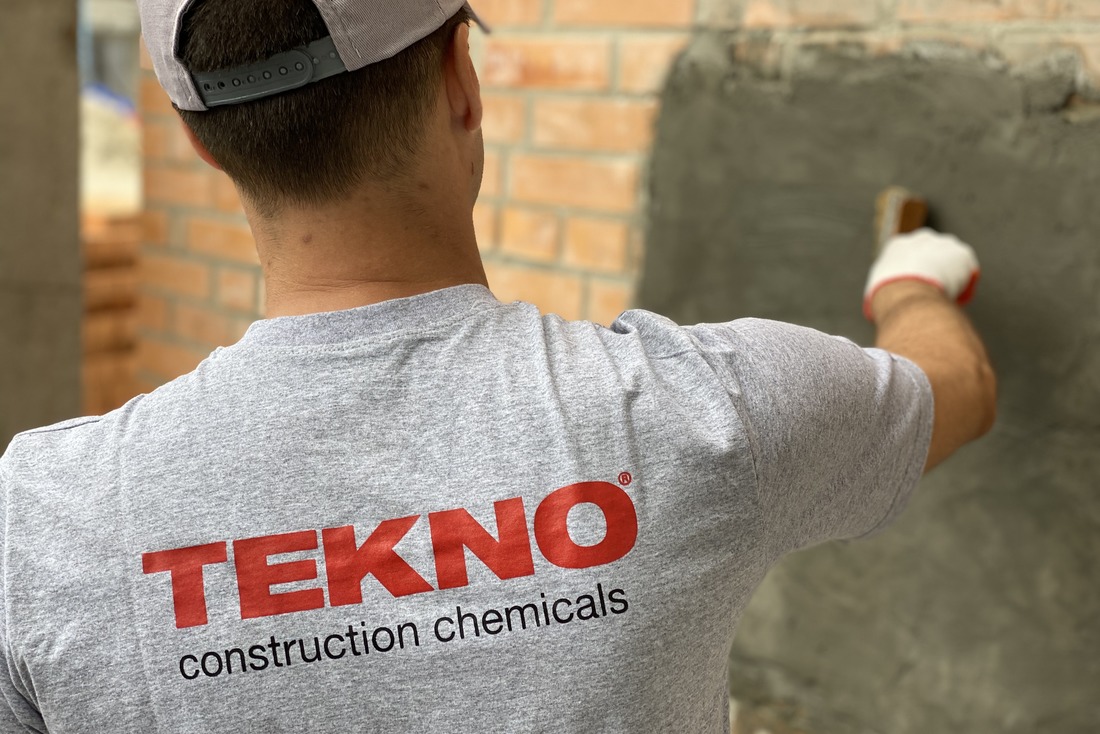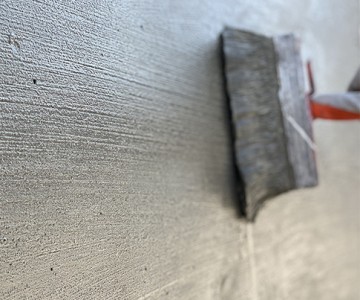Teknomer 200 EX is a two component elastic waterproofing compound that consists of a powder component based on cement and a liquid component based on an emulsion polymer and special additives that increase water resistance. It gives the applied surfaces a high resistance to positive water pressure.
Scope of application:
- For internal and external application
- For horizontal and vertical surfaces
- For application on concrete, brick, plaster and screed
- For building foundations
- For ground floors and basements
- For showers and bathrooms
- For swimming pools, water tanks, baths and spas
- For terraces (with finishing coating)
- For large engineering structures, such as subways, highways, dams, tunnels
Properties of waterproofing:
- Resistant to positive water pressure
- Water-resistant
- Does not shrink
- Does not crack
- Long-lasting
- Prevents carbonation in concrete
- Protects concrete from calcium and sodium chloride, sea water and carbon dioxide
- Non-toxic, may come into contact with drinking water
- High resistance to chlorine ions
| The composition of the material |
Component A: grey powder |
| Component B: white liquid |
| Expiration date |
12 months in a dry environment in a closed package |
| Packaging |
20 +10 kg (A + B) |
| The density of the compound |
1,8 (0,50) kg/l |
| Commissioning |
3-7 days |
| Adhesive strength (TS EN 1542) |
> 1.28 N/mm2 |
| Pot life time of the compound |
6 tips |
| Waiting time between layers |
5-6 hours |
| Adhesive strength with concrete (EN 1542) |
> 1,0 N/mm2 |
| Capillary water absorption (EN 13057) |
< 0,1 kg/m2*h |
| The strength of adhesion after thermal aging |
> 1,0 N/mm2 |
| Penetration into cracks |
> 2,5 mm |
| Water resistant |
7 Bar (positive) |
| Water vapor penetration (TS EN ISO 7783-2) |
Class 1; Sd |
| Chlorine Ion Diffusion (ASTM C1202) |
< 200 Cl |
| Permeability to carbon dioxide (EN 1062-6) |
Sd > 50 m |
| Adhesive strength after salt exposure (EN 13687-3 / EN 1542) |
> 1.0 N/mm2 |
| Thermal stability |
- 40 °C - + 80 °C |
| Fire resistance |
Cs1d0 |
Consumption table:
| Techpomeg 200 EX |
Density of the compound (kg/l) |
Consumption of powder per 1 m2 in 2 layers (kg) |
| Component A - 20 kg, Component B-10 kg |
1,8 |
2,5-3,0 |
- Before applying the material, the surface should be cleaned of any types of oil, rust, detergents, dirt and other substances that prevent setting.
- If there are cracks or other damages on the surface, they must be previously repaired with Teknorep repair solutions. Use Tekomer 200 3 - 4 days after surface repair.
- You should also determine the water pressure. Teknomer 200 EX is resistant to positive water pressure. If the water pressure is negative, do not use this waterproofing.
- On the surface that will be laid with tiles, you should work out every corner with the help of Teknomer pah bandi tape.
- Teknomer 200 EX should be applied to the surface with a brush or spatula. Each next layer should be applied perpendicular to the previous one.
- The layer is considered dried when it ceases to be imprinted on the fingers.
- When applying waterproofing to the screed, it is necessary to use a waterproofing mesh between the layers.
- To prepare the waterproofing compound, pour the liquid component B into a clean container, then slowly pour out the powdered component A. Using a low-speed mixer, knead the composition for 5 minutes until a homogeneous mass is obtained. Leave the resulting compound for 3 minutes, then re-mix the compound for 2 minutes.
Notes:
- In the process of working with the material, it should be carefully applied to the surface.
- Do not apply the compound on chipboard, MDF, plywood, PVC, wooden and metal surfaces.
- After 3 days after applying the waterproofing, tiles or ceramics should be laid or plaster or screed should be applied to protect against all kinds of damage, scratches and bumps.
- After applying the primer, make sure that direct sunlight and precipitation do not fall on the surface, and also do not use the material at temperatures above + 35 ˚С and below + 3 ˚С.
- Work should be carried out in compliance with safety and hygiene standards, using a mask and glasses.
- The tools and equipment used must be washed immediately after use.
1. What material can be used for waterproofing?
For waterproofing, materials such as coated waterproofing mixtures, penetrating compounds, rolled materials, injection resins, etc. are used.
2. What is coating waterproofing?
Coating waterproofing is a special liquid mixture that is applied with a brush, roller or spray gun with a thickness of 2-3 mm, protecting the surface from moisture after complete drying.
3. Which mastic is better for waterproofing the foundation?
For waterproofing the foundation, a two-component polymer cement waterproofing mixture Teknomer 200 EX is considered an excellent material. The consumption of which is 2.5-3.0 kg / m2 when applied in 2 layers.
4. How to waterproofing a concrete wall?
A concrete wall can be waterproofing with acrylic, polymer cement, cement or polyurethane coating waterproofing. Depending on the components of the mixture, waterproofing can be elastic and inelastic.
5. How to treat the concrete floor from moisture?
Bitumen, cement, polymer-cement waterproofing mixtures can be used as waterproofing. We draw your attention to the high-quality elastic waterproofing Teknomer 200 EX based on an emulsion polymer.



